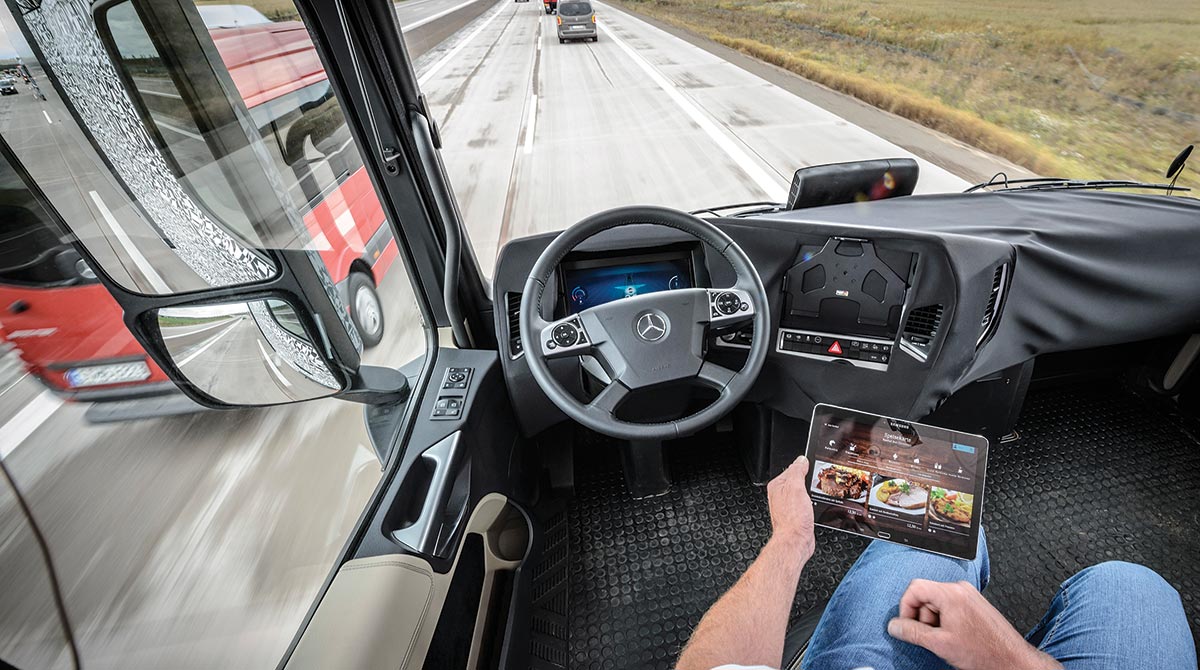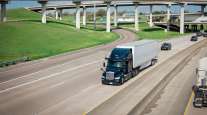Senior Reporter
Congress, Trump Administration Finalizing Guidelines for Automated Vehicles

New guidelines for manufacturers, transportation agencies, and industry executives on the development and deployment of automated technology will be unveiled as early as this fall on Capitol Hill and at the U.S. Department of Transportation, lawmakers and senior administration officials announced recently.
Members of the Senate Commerce Committee indicated the legislation they plan to unveil would require manufacturers to address the technology’s potential cybersecurity vulnerabilities, as well as promote safety standards governing the vehicles and infrastructure.
Manufacturers also would need to inform the public on the features of self-driving vehicles, and prevent conflicting laws and rules from stifling the new technology. The legislation is likely to include commercial trucks.
Related measures recently considered by a House panel focused primarily on cars. Overlapping provisions in the senators’ proposal and the House measures included removing regulatory barriers meant to keep autonomous vehicles off the road, outlining federal and state rules, and boosting cybersecurity safeguards.
“Self-driving vehicles will not only dramatically change how we get from place to place, they have the potential to prevent accidents and save thousands of lives,” Sen. Gary Peters (D-Mich.), said in a statement, noting the legislation also would remove regulatory barriers to testing and smaller-scale development.
This year, other lawmakers have suggested the National Highway Traffic Safety Administration should directly write standards for the technology.
Independent from Congress’ work, regulators at DOT are looking to have an update of their policy for automated vehicles in September, Transportation Secretary Elaine Chao said last month at an event in Italy.
“The updated version will clarify issues from the previous policy, and provide voluntary self-assessment criteria that support innovation and safety,” Chao said, in remarks posted on DOT’s website. “The department is also studying the unique challenges of heavy automated trucks, as well as the impact of autonomous technology on commercial drivers, airplanes, rail cars and ships.”
Automakers continue to call on NHTSA to unveil safety regulations banning the sale of self-driving vehicles without a human at the wheel. Also, proponents of the technology expressed disappointment that a fiscal 2017 law did fund autonomous vehicle research. That funding would have been used to boost programs at 10 testing centers the Obama administration established nationwide.
If the Trump administration proposes a long-term infrastructure measure this fall, that bill would be an ideal place to authorize funding for investments in autonomous technology, industry executives and observers have noted. Overseas, manufacturers receive government funding and support to enhance their chances of reaching the marketplace first.
The trucking industry continues to test autonomous technology around the country. American Trucking Associations president and CEO Chris Spear acknowledged driverless vehicle technology is rapidly emerging, and he pledged to work with officials on new regulatory authorities.
In a letter to its membership, ATA indicated that it “continues to work closely with all relevant oversight committees as legislation is advanced and regulations are considered that would impact the development of [autonomous vehicle] technology for passenger cars and commercial vehicles.”


